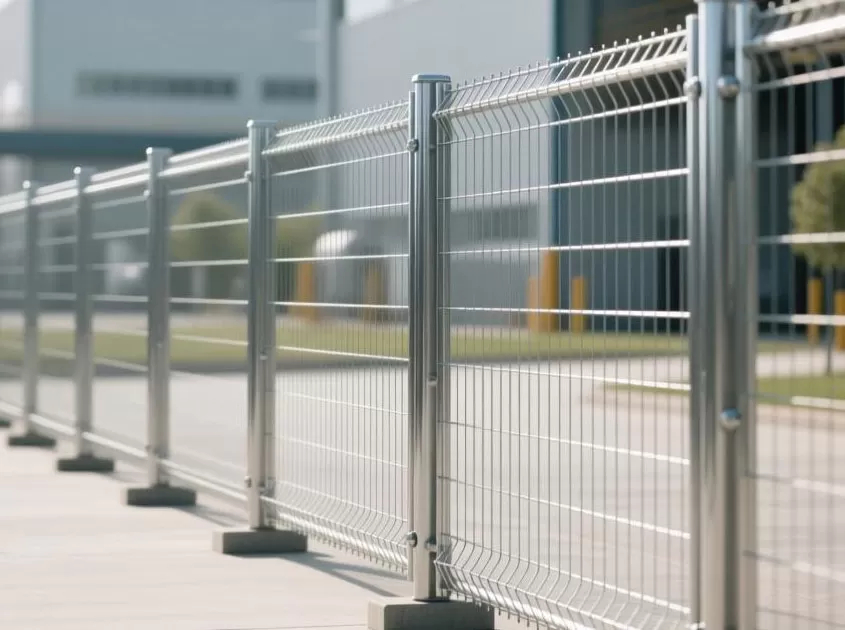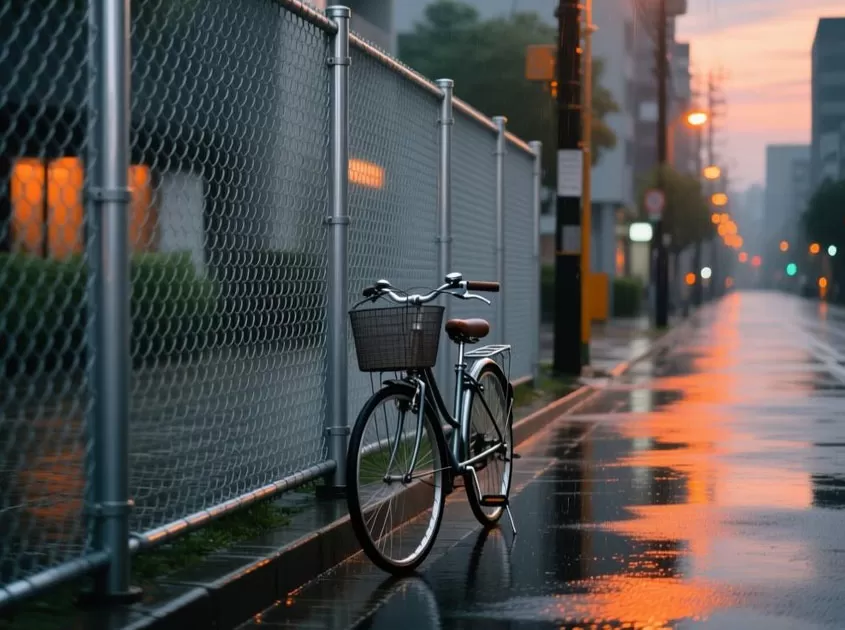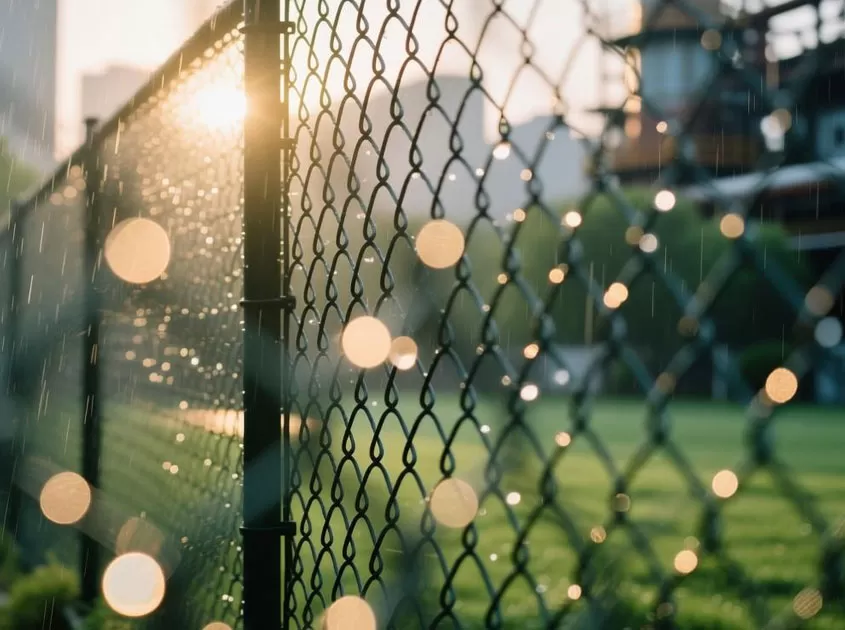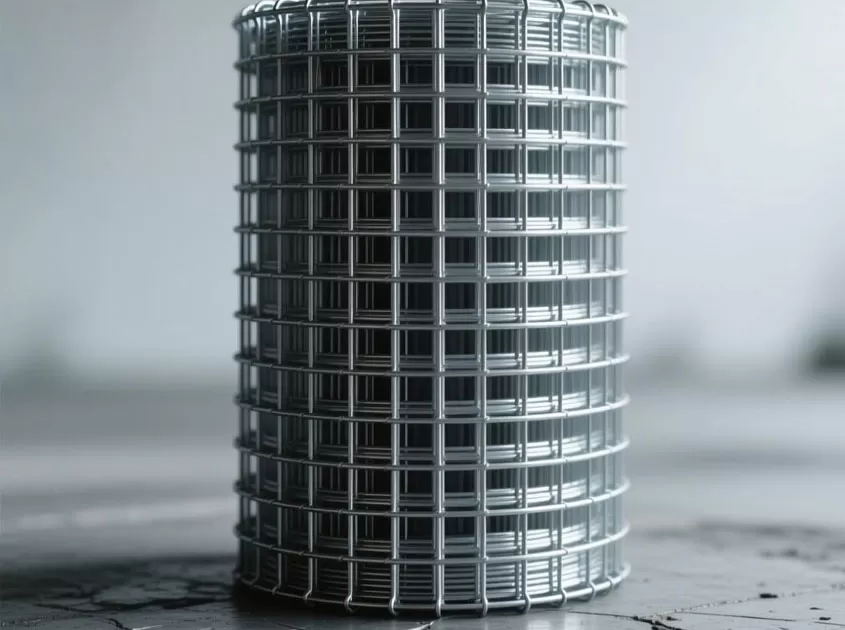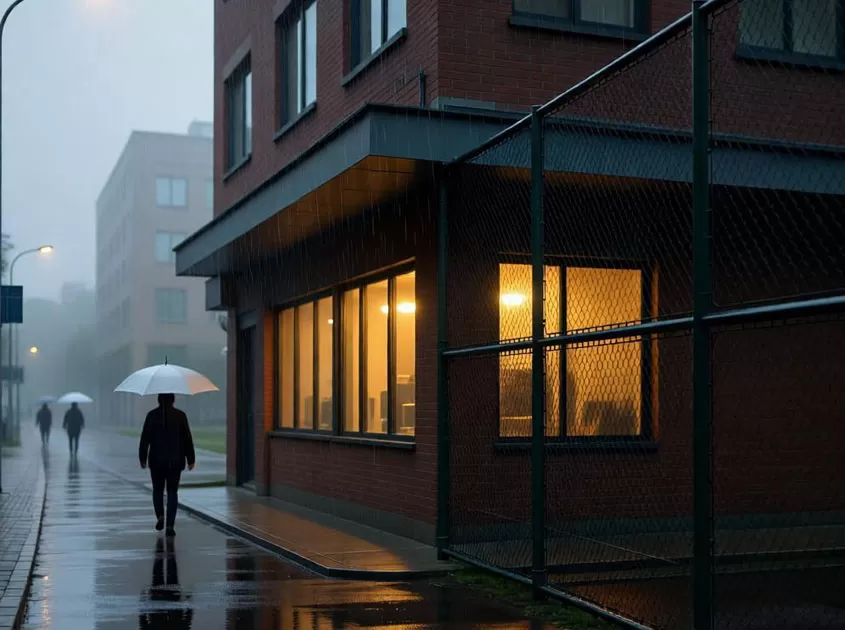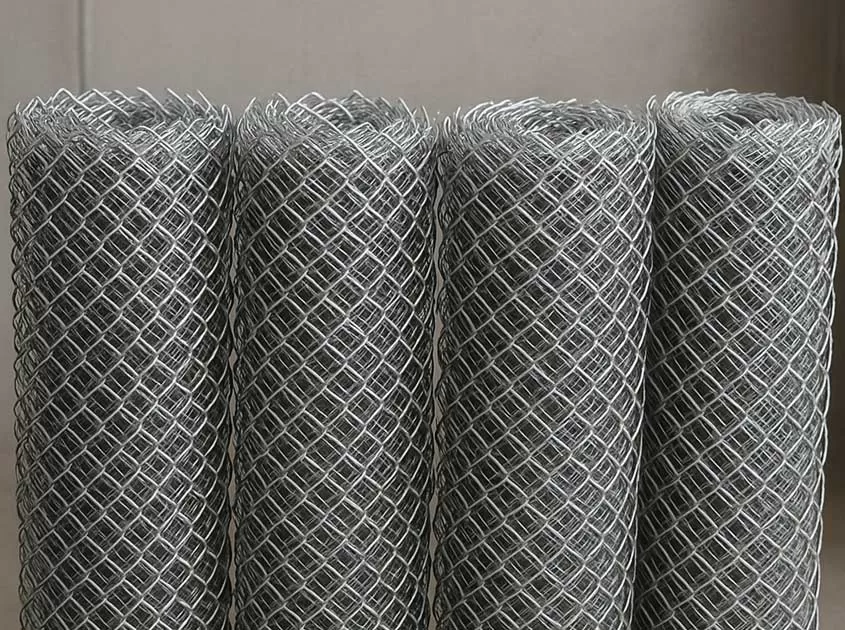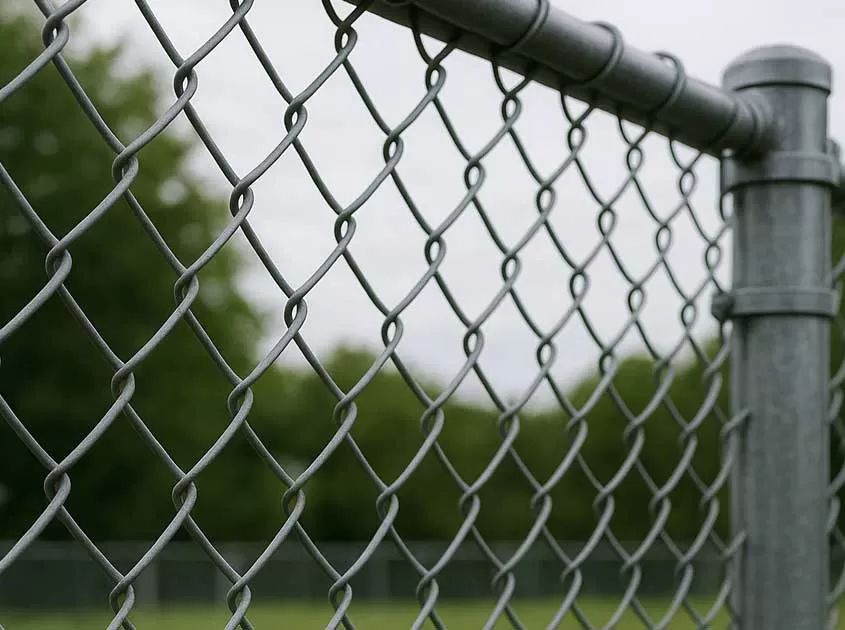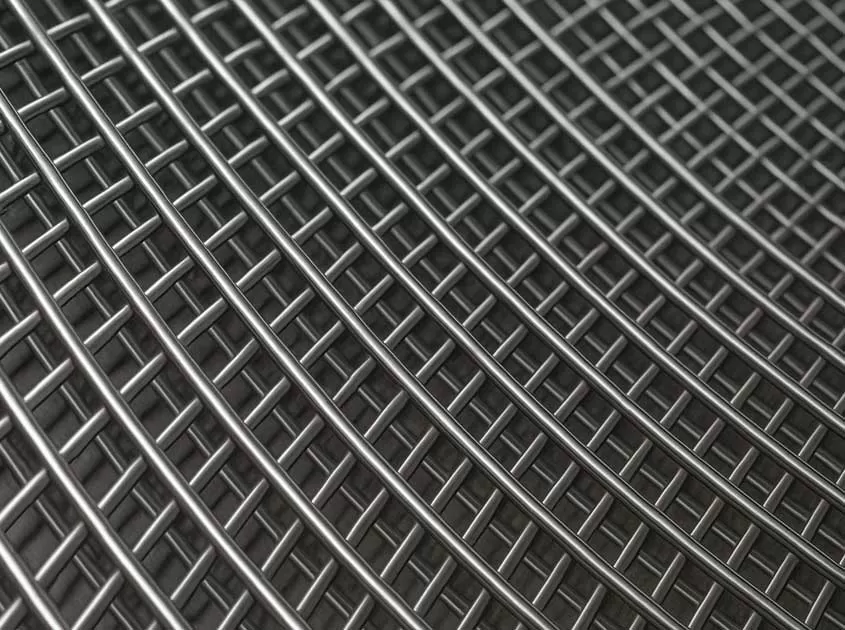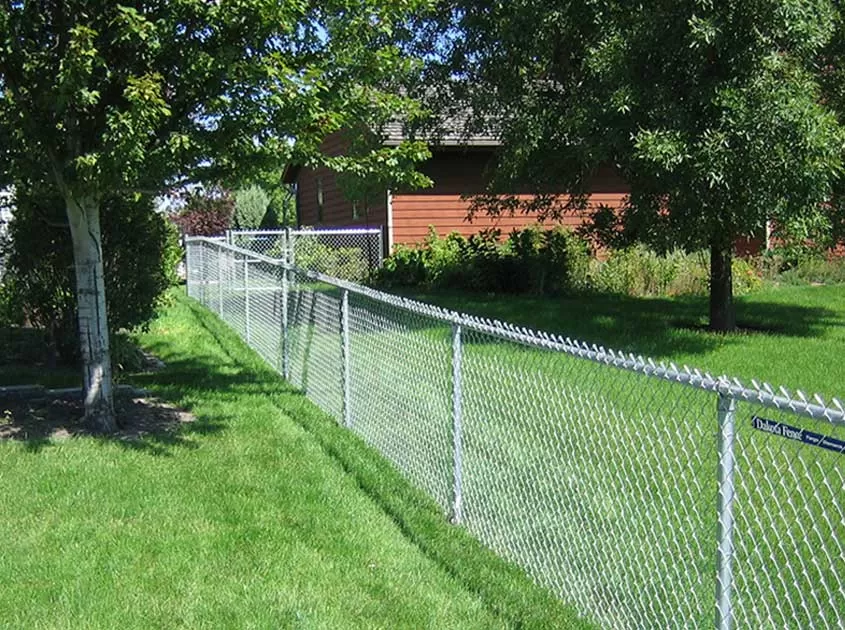Did you make the method of sunshade net covering vegetable cultivation
Greenhouse shading nets cover the glass roof of the summer greenhouse. If it is a multi-span greenhouse, it can be hung flat in the room and used for the delayed cultivation of summer vegetables. For example, eggplants, melons, beans and vegetables grown in greenhouses are temporarily covered with black or silver-gray shade under high temperature, which can prevent premature aging of plants, prolong flowering period, increase yield, and improve fruit quality.
2. Plastic canopy for sunshade coverage In summer, plastic canopy frame or plastic canopy film is used to cover the sunshade. Both sides of the net should be 1.6~1.8 meters away from the ground to facilitate ventilation. Canopy film and sunshade net are used together to reduce temperature and prevent rainstorms. You can also hang the sunshade in the greenhouse at 1.2~1.4 meters from the ground, which is beneficial for ventilation and does not need to be uncovered every day. It can be used for the delayed cultivation of summer vegetables in the greenhouse and the seedlings of autumn vegetables. Production of lettuce, radish, celery, cucumber, summer Chinese cabbage, lettuce, etc.
3. Medium and small arch canopy sunshade nets cover the plastic film in the middle and small canopy in early spring to allow early planting of summer vegetables. In summer and autumn, use the middle and small arch canopy frame as a support to cover and shade, which can cultivate autumn vegetable seedlings, cultivate green leafy vegetables or plant autumn vegetables in advance in the shed.
4. Small flat canopy sunshade cover Use bamboo poles, wooden sticks, iron wires and other materials to build a flat or inclined scaffold on the silicon surface, and cover the shade on the scaffold. The scaffold is about 1.6 meters wide and 0.5 to 1.8 meters high. The low shed is easy to uncover and shade; the high shed is easy to operate in the shed; the inclined shed has the advantages of both. It is mainly used for the cultivation of leafy green vegetables in summer.
5. Sun-shading floating surface covering is also called direct covering, floating covering, or wah surface covering. It is a cultivation method in which the sunshade is directly covered on wah surface or plants. Floating surface coverage can be carried out in the open field, small and medium shed or large shed.
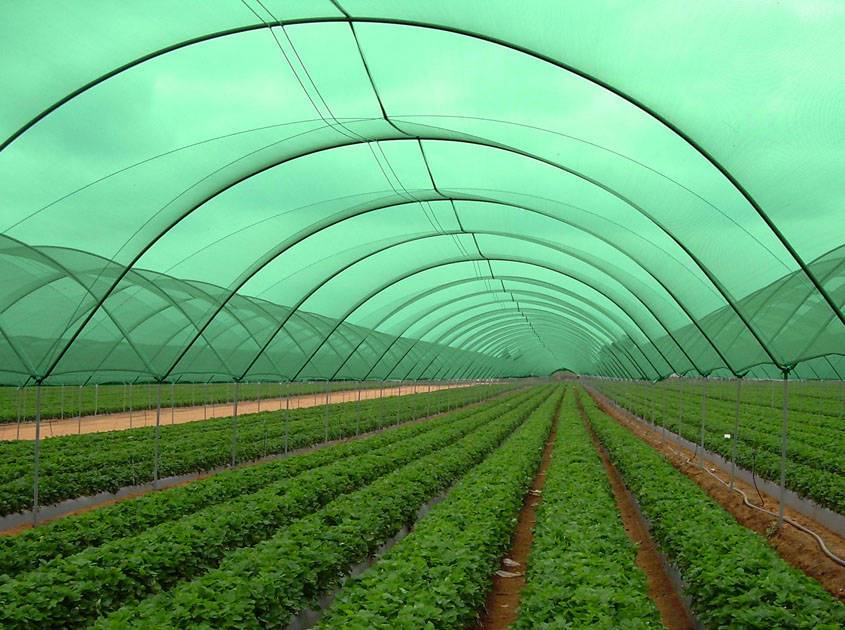
is mainly used to cover the emergence of vegetables. Plant green leafy vegetables in summer, cover the boundary surface with shading nets after sowing, and press the nets at a certain distance to prevent wind, shading, temperature reduction, and water supply to create resource advantages for seed germination and sprouting. After the emergence of the seedlings, remove the sunshade, make a small arch or flat shed with bamboo on the spot, and move the sunshade onto the shelf. In addition, overwintering vegetables during the overwintering period and spring cabbage, spring cauliflower, spring cabbage and other spring plantings, use shade to cover heat preservation. Use black sunshade to cover cultivated edible fungi, reduce temperature and keep warm in summer, and keep warm and water in autumn, which can produce edible mushrooms such as oyster mushrooms, straw mushrooms, and shiitake mushrooms.
-
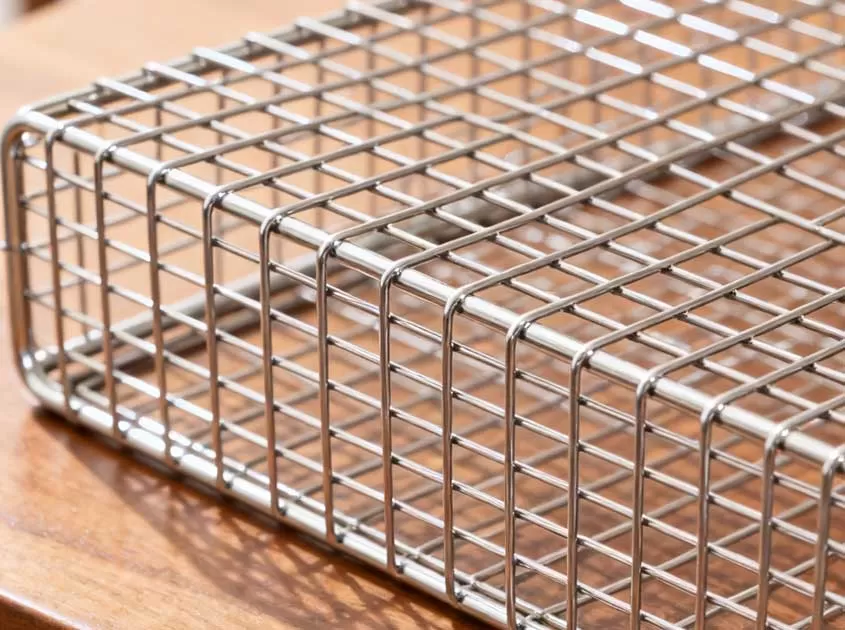 Corrosion-Resistant Stainless Steel Wire Mesh Oct 28, 2025
Corrosion-Resistant Stainless Steel Wire Mesh Oct 28, 2025

- Tel.: +86 311 83077076
- E-mail: sales@qunkunmetal.com
- Skype: qunkunsales01
- WhatsApp: 8618032412189
- Add.: No.69 The Filter Industrial Part of Anping, Hebei, China




